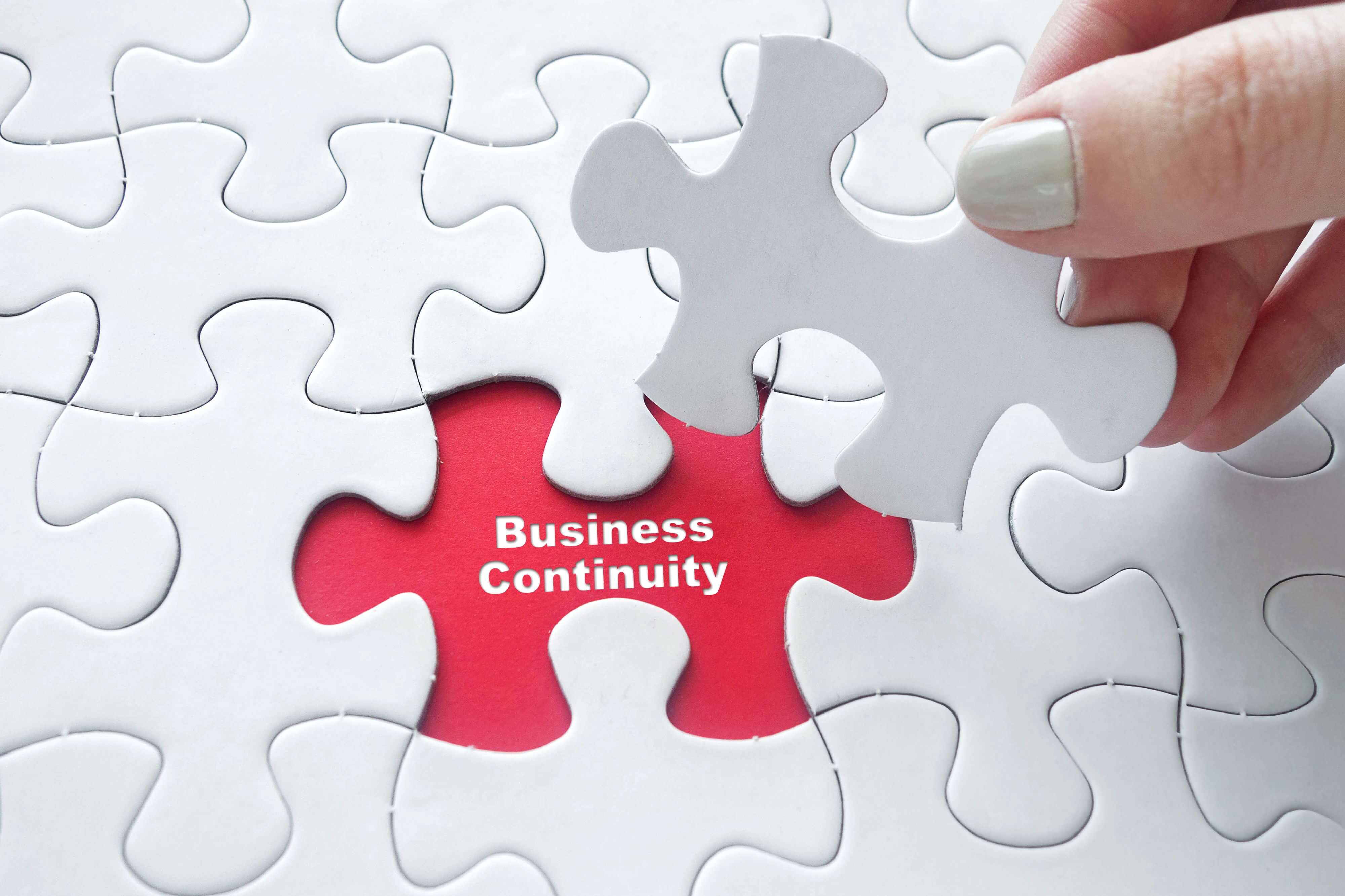
With the growing dependence on technology, instituting applicable methods for controlling unexpected downtime is rapidly becoming a mission critical task for most businesses. Good disaster recovery procedures will ensure that hardware, applications, and other tools return to normal, but without a business continuity strategy, companies may face ruinous consequences from lost data. Many businesses, such as those in the financial industry, cannot afford to lose even a few minutes of information.
Although they are often combined, the terms disaster recovery (DR) and business continuity (BC) are actually two very different concepts. While DR focuses on restoration, BC involves actionable planning that enables businesses to operate despite the problem situation. Imagine a delivery truck breaking down: DR involves fixing the truck, but BC is like a second truck being utilized to complete the delivery route.
By understanding how these aspects work together and how to calculate recovery point objective (RPO) and recovery time objective (RTO) to dictate success, businesses can prevent serious revenue losses when a disaster strikes.
RPO—A Specific Point in the Past
The concept of BC involves designating a recovery point objective (RPO). However, the natural desire to run backup constantly must be balanced by cost considerations. Many business believe that backing up data every 24 hours is sufficient. However, the length of time between backups means that when a disaster occurs, that amount of data is lost. Some businesses can afford to lose a full day’s worth of transactions or information, but for others, that amount of time may translate into six-figure losses.
Real-time data backups establish the most effective BC plans. The key is for each individual business to determine where the recovery point should be and the investment required to achieve that aim.
RTO—A Clear Target for the Future
The RTO complements the RPO and is equally important. Standard recovery times depend on where and how the data is backed up. Typically the recovery process takes about 24 hours to complete when image-based, off site replications are employed for backup. However, it’s important to remember that the RTO must be combined with the RPO, meaning that it’s possible to lose a total of 48 hours of data using standard backup and recovery procedures.
To establish effective continuity, both of these strategic points need to be considered carefully. Although this can be challenging, by creating a timeline and calculating the wastes that occur during a disaster, businesses can initiate recovery points that control losses. Metrics to consider include:
- Employee salaries
- Average daily sales
- Customer and client availability requirements
Fortunately, there are a number of innovative ways to orchestrate continuity. Virtual servers duplicating and storing information in the cloud curtails recovery times significantly, often delivering RTOs that are accomplished in just a few hours or less. Moreover, configuration hardware is available to deliver seamless coordination.
